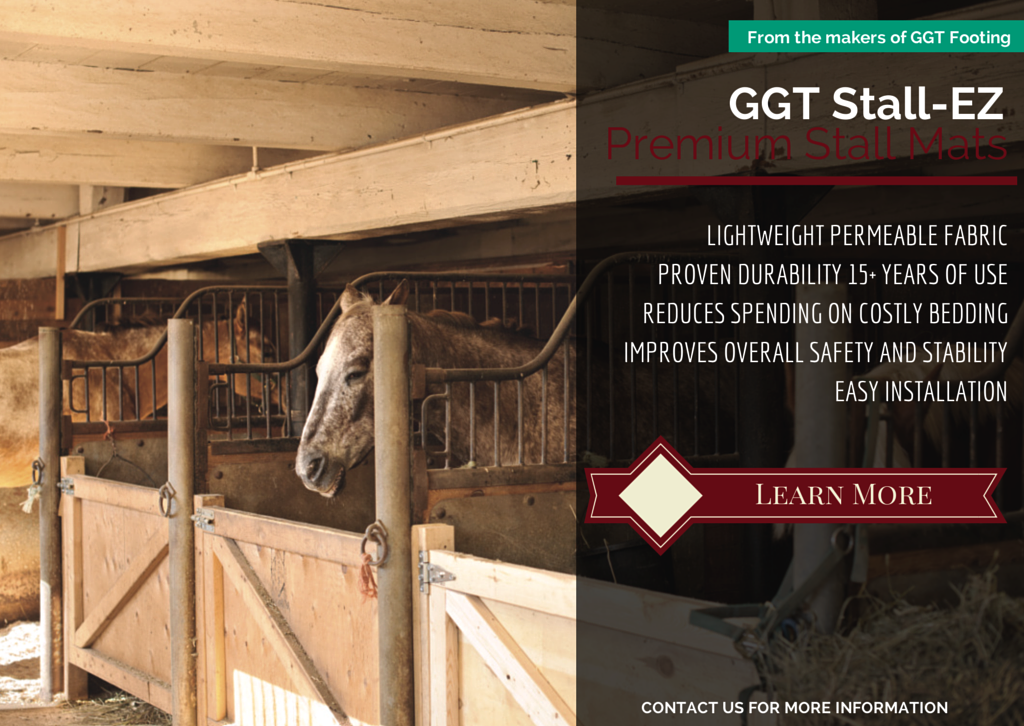Dealing with personalities in the ring has been a challenge for trainers and competitors alike since the dawn of horse shows, this is nothing new. After all, horses have distinct and individualized personalities just like their human handlers. Since a horse has no control over who owns him or where and under what conditions he lives, bonding between a horse and his owner isn't always a smooth process. Unfortunately, sometimes this animal-to-human bond never becomes firmly established.
One type of horseman that seems to consistently defy this all-too-frequent pattern, however, is the special needs equestrian. Horses of all breeds and temperaments are extremely sensitive and inquisitive creatures, keenly in tune to nuances in their environment. Likewise for their special needs riders. Often, special needs riders have rarely, if ever, experienced independent movement, balance, or an eye-level-view of their peers outside of the riding arena setting. All of these are experienced in one of the most gloriously freeing ways upon the rhythmically swaying back of a horse. Most handlers of horses in therapeutic riding facilities will agree that the horse-to-rider bond is quickly established between these special riders and their horse counterparts.

As exciting and invigorating, not to mention physically beneficial, as this is to the developmentally challenged rider, it is also a safety concern. The majority of horses used in therapeutic riding classes are older, even significantly aged horses. Most of them come from who knows where, rescued or acquired from their previous owners with little, if any, health or usage history. Old injuries, painful joints, ligament and tendon as well as foot and back problems are common. While a special bond does seem to develop between these older horses and their usually frail riders, any horse can act out in pain or fear and sub-optimal footing could be a risk for this.
An inferior footing under an older horse can cause multiple problems for these horses, not to mention for the rider who is all-too-often not able to properly balance her body in the saddle. Though reputable therapeutic facilities always have side-walkers to assist their challenged riders, the lack of a safe footing is one thing these volunteers should not have to focus on. Also, these philanthropic facilities are typically stretched on funding. Great footing is a cost savings over time that cannot be ignored, not to mention the reduction in vet bills associated with trips, stumbles and strains caused by unstable footing.
We are specialists in GGT Footing. We know horses and we know great footing counts! Contact us about our special brand of arena and footing solutions for your dream facility today.


